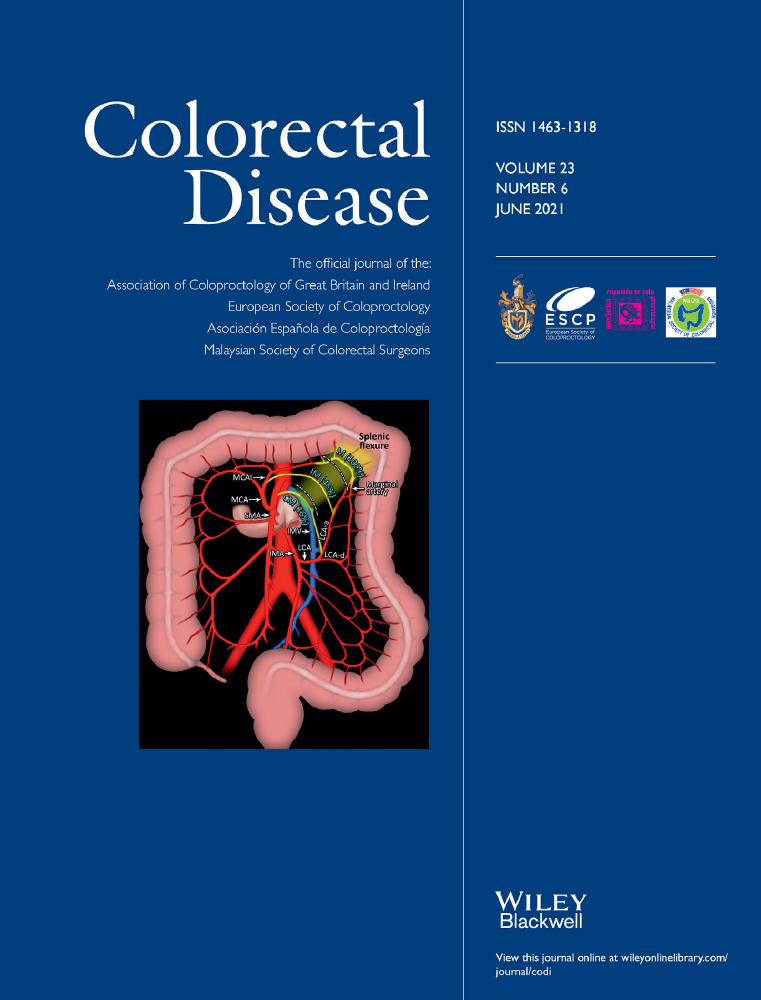Incidence and risk factors for incisional hernia and recurrence: Retrospective analysis of the French national database
Funding information
This study was sponsored and funded by Medtronic (Trevoux, France).
Abstract
Aim
The aim of this work was to determine the rate of incisional hernia (IH) repair and risk factors for IH repair after laparotomy.
Method
This population-based study used data extracted from the French Programme de Médicalisation des Systèmes d’Informations (PMSI) database. All patients who had undergone a laparotomy in 2010, their hospital visits from 2010 to 2015 and patients who underwent a first IH repair in 2013 were included. Previously identified risk factors included age, gender, high blood pressure (HBP), obesity, diabetes and chronic obstructive pulmonary disease (COPD).
Results
Among the 431 619 patients who underwent a laparotomy in 2010, 5% underwent IH repair between 2010 and 2015. A high-risk list of the most frequent surgical procedures (>100) with a significant risk of IH repair (>10% at 5 years) was established and included 71 863 patients (17%; 65 procedures). The overall IH repair rate from this list was 17%. Gastrointestinal (GI) surgery represented 89% of procedures, with the majority of patients (72%) undergoing lower GI tract surgery. The IH repair rate was 56% at 1 year and 79% at 2 years. Risk factors for IH repair included obesity (31% vs 15% without obesity, p < 0.001), COPD (20% vs 16% without COPD), HBP (19% vs 15% without HBP) and diabetes (19% vs 16% without diabetes). Obesity was the main risk factor for recurrence after IH repair (19% vs 13%, p < 0.001).
Conclusion
From the PMSI database, the real rate of IH repair after laparotomy was 5%, increasing to 17% after digestive surgery. Obesity was the main risk factor, with an IH repair rate of 31% after digestive surgery. Because of the important medico-economic consequences, prevention of IH after laparotomy in high-risk patients should be considered.
CONFLICT OF INTERESTS
This study was designed and sponsored by Medtronic (Trevoux, France). Medtronic did not influence the authors in the writing of this manuscript.
Open Research
DATA AVAILABILITY STATEMENT
Data available on request from the authors.




